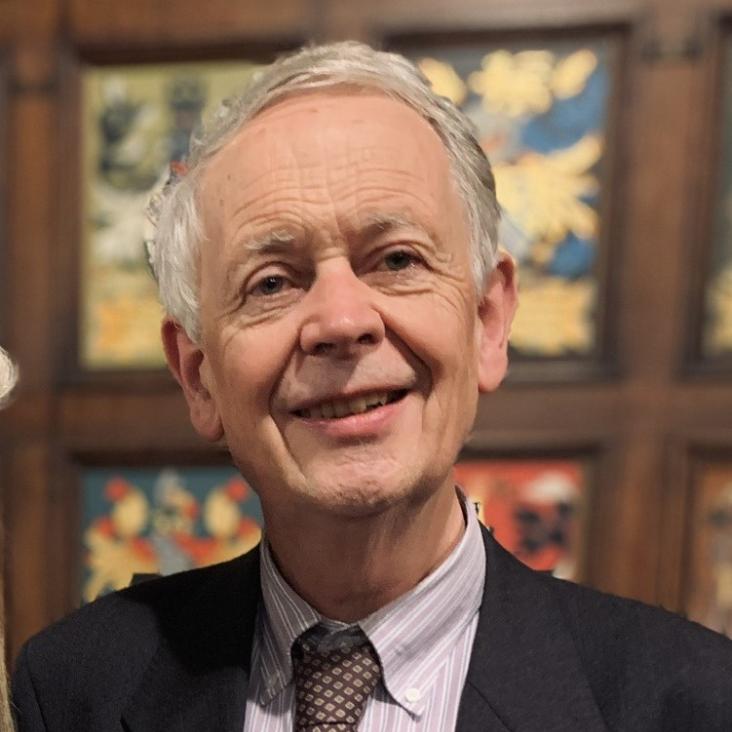Dynamical models and Galaxy surveys
Proceedings of the International Astronomical Union Cambridge University Press (CUP) 9:S298 (2013) 117-129
Abstract:
The wobbly Galaxy: Kinematics north and south with RAVE red-clump giants
Monthly Notices of the Royal Astronomical Society 436:1 (2013) 101-121
Abstract:
TheRAdialVelocity Experiment survey, combined with proper motions and distance estimates, can be used to study in detail stellar kinematics in the extended solar neighbourhood (solar suburb). Using 72 365 red-clump stars, we examine the mean velocity components in 3D between 6 < R < 10 kpc and -2 < Z < 2 kpc, concentrating on north-south differences. Simple parametric fits to the (R, Z) trends for Vφ and the velocity dispersions are presented. We confirm the recently discovered gradient in mean Galactocentric radial velocity, VR, finding that the gradient is marked below the plane (δ(VR)/δR=-8 kms-1 kpc-1 for Z<0, vanishing to zero above the plane), with a Z gradient thus also present. The vertical velocity, VZ, also shows clear, large-amplitude (|VZ| = 17 km s-1) structure, with indications of a rarefaction- compression pattern, suggestive of wave-like behaviour. We perform a rigorous error analysis, tracing sources of both systematic and random errors. We confirm the north-south differences in VR and VZ along the line of sight, with the VR estimated independent of the proper motions. The complex three-dimensional structure of velocity space presents challenges for future modelling of the Galactic disc, with the Galactic bar, spiral arms and excitation of wave-like structures all probably playing a role. © 2013 The Authors Published by Oxford University Press on behalf of the Royal Astronomical Society.Analysing surveys of our Galaxy - II. Determining the potential
MONTHLY NOTICES OF THE ROYAL ASTRONOMICAL SOCIETY 433:2 (2013) 1411-1424
DIFFUSE INTERSTELLAR BAND AT 8620 Å IN RAVE: A NEW METHOD FOR DETECTING THE DIFFUSE INTERSTELLAR BAND IN SPECTRA OF COOL STAR
ASTROPHYSICAL JOURNAL 778:2 (2013) ARTN 86
Dynamics for galactic archaeology
New Astronomy Reviews (2013)


